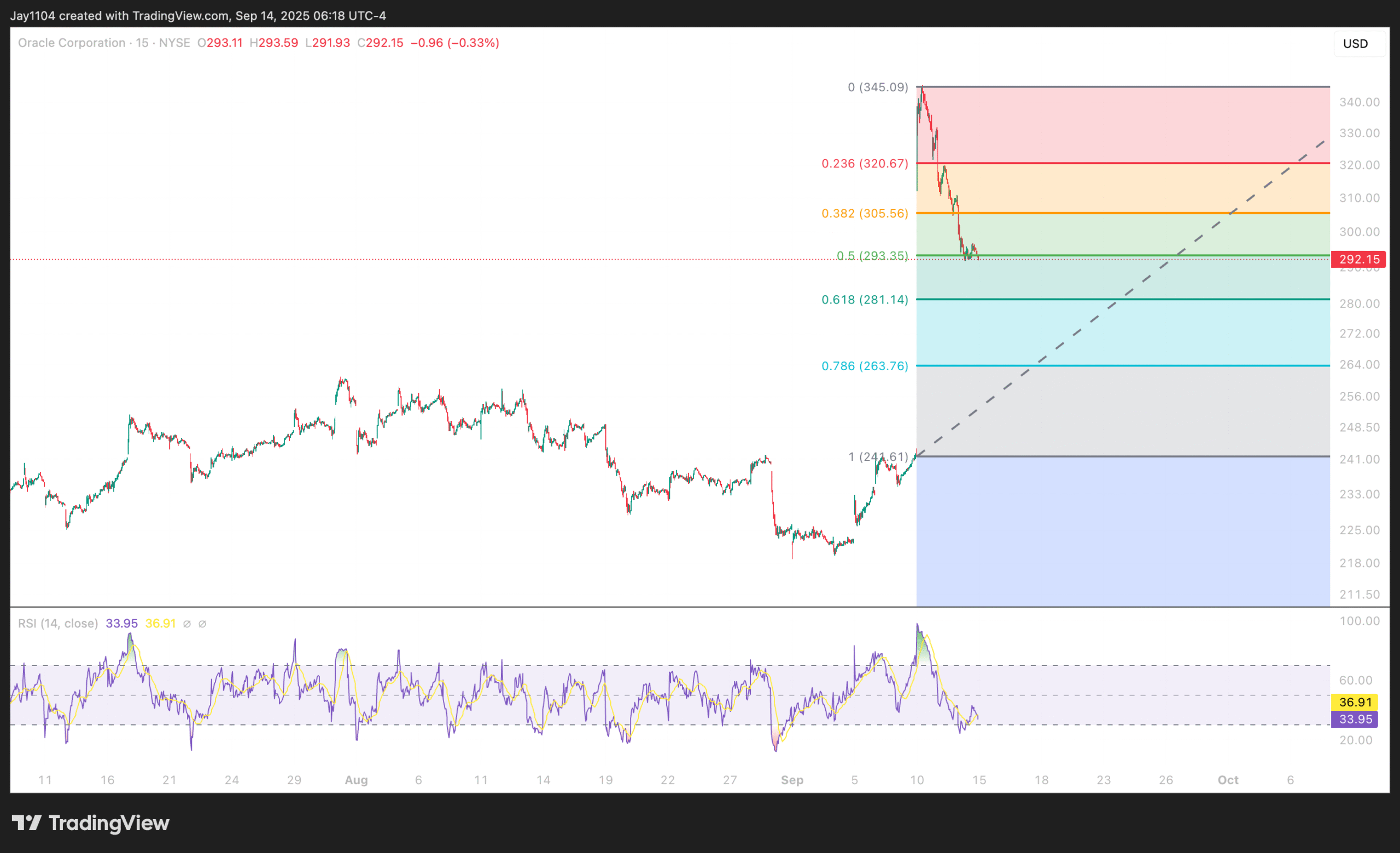Eos Energy stock falls after Fuzzy Panda issues short report
This week will feature both a Fed meeting and a BoJ meeting. Equally important, Monday is a quarterly tax date, which should deliver a big boost to the Treasury General Account (TGA). On the same day, $78 billion in Treasury coupons will also settle. It’s possible the TGA could reach the $850 billion mark by the end of Monday. As of last Thursday, the TGA stood at $682 billion.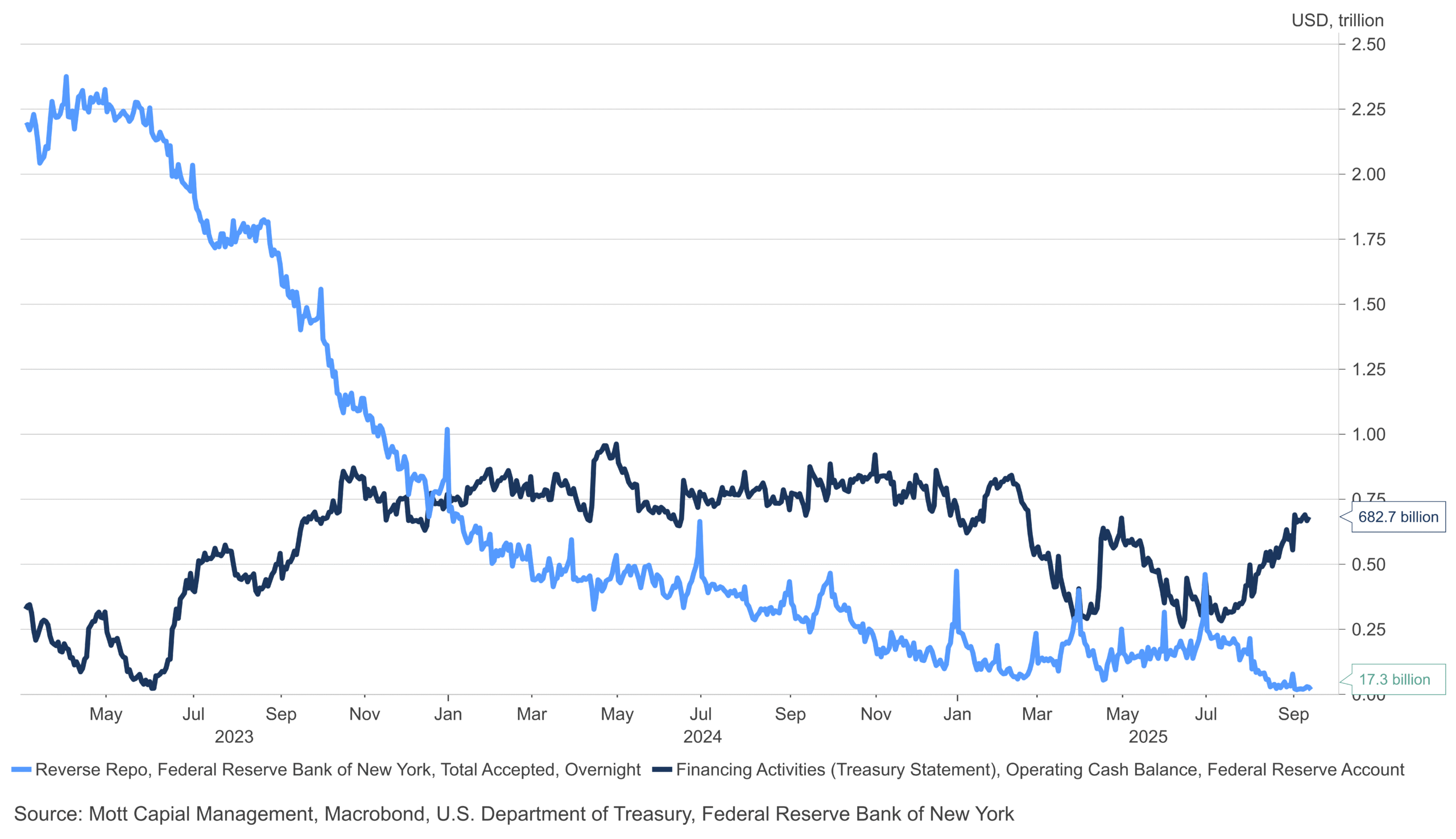
The only piece of good news is that on September 16, there will be a paydown of about $50 billion, which should help alleviate some of the pressure on reserves. Still, by the time the SOMA report is released on Thursday, I would expect the TGA to be around $800 to $850 billion, with reserve balances at or below the $3 trillion mark.
At that point, the liquidity drain from the TGA refill will essentially be complete. However, quarter-end pressures will likely push reserves even lower as we move toward September 30.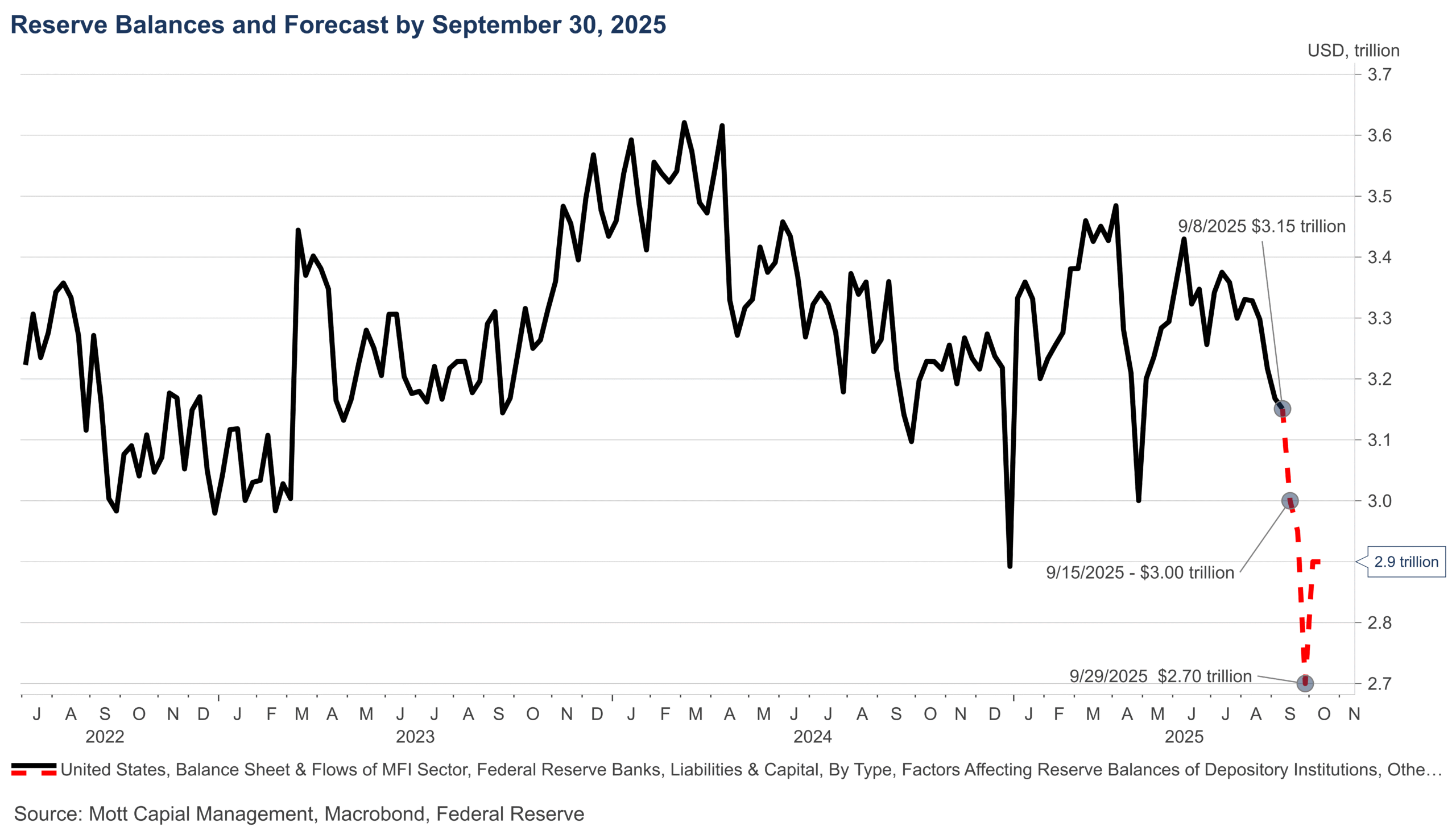
SOFR swaps are already pricing in a Fed rate cut on Wednesday, which is why rates have been trading lower. What really matters, however, is the spread between SOFR and the effective funds rate. Assuming a 25 bps cut pushes the effective funds rate down to 4.08%, then an overnight rate of 4.17 to 4.21 would put the spread between 9 and 13 bps above the effective Fed Funds—slightly wider than the 8 bps observed on Friday, when SOFR was at 4.41 versus the Fed Funds rate of 4.33%.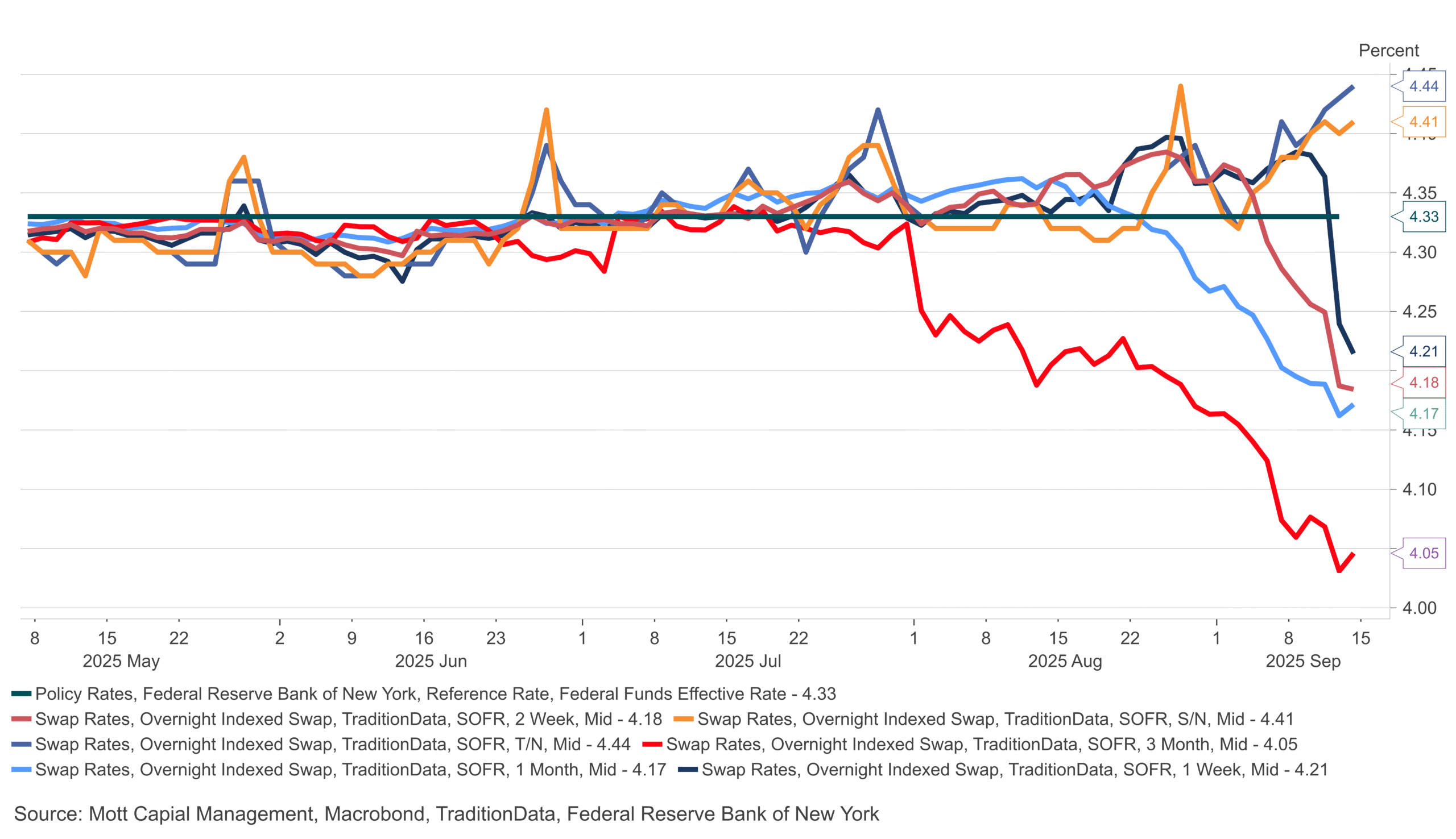
There is no doubt that liquidity will be tighter over the next two weeks, and the window for market turbulence is far from behind us. In fact, I would argue it still lies ahead, given the combination of liquidity pressures, VIX option expiration on Wednesday, quarterly options expiration on Friday, a Fed meeting on Wednesday, and both BOJ and BOE meetings on Thursday. Volatility is more likely to expand this week than contract.
The 10-year yield looks a bit overdone to the downside and appears due for some consolidation or a bounce.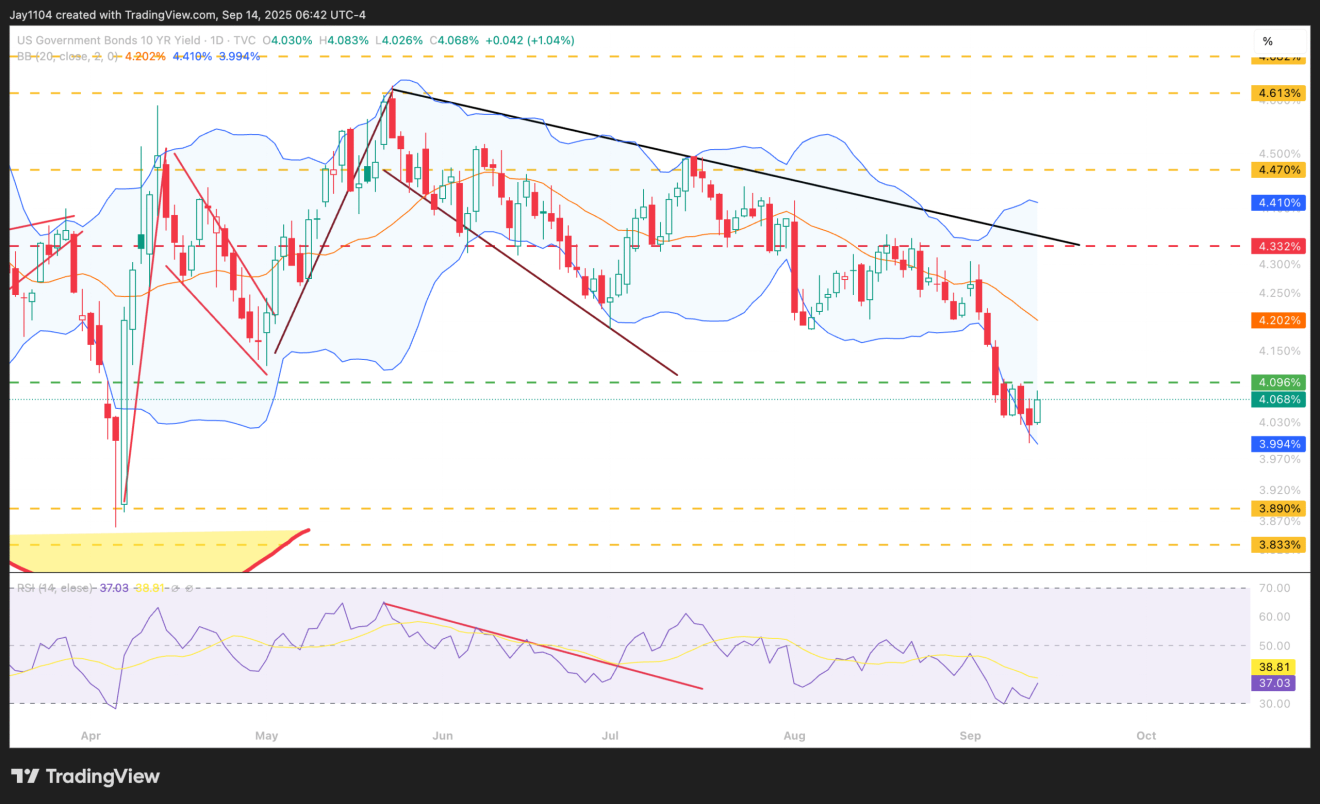
There are plenty of recent examples showing that rates can steepen even while the Fed is cutting. How long bonds respond to a rate cut this week—and, more importantly, to the projected path of monetary policy—will be extremely telling.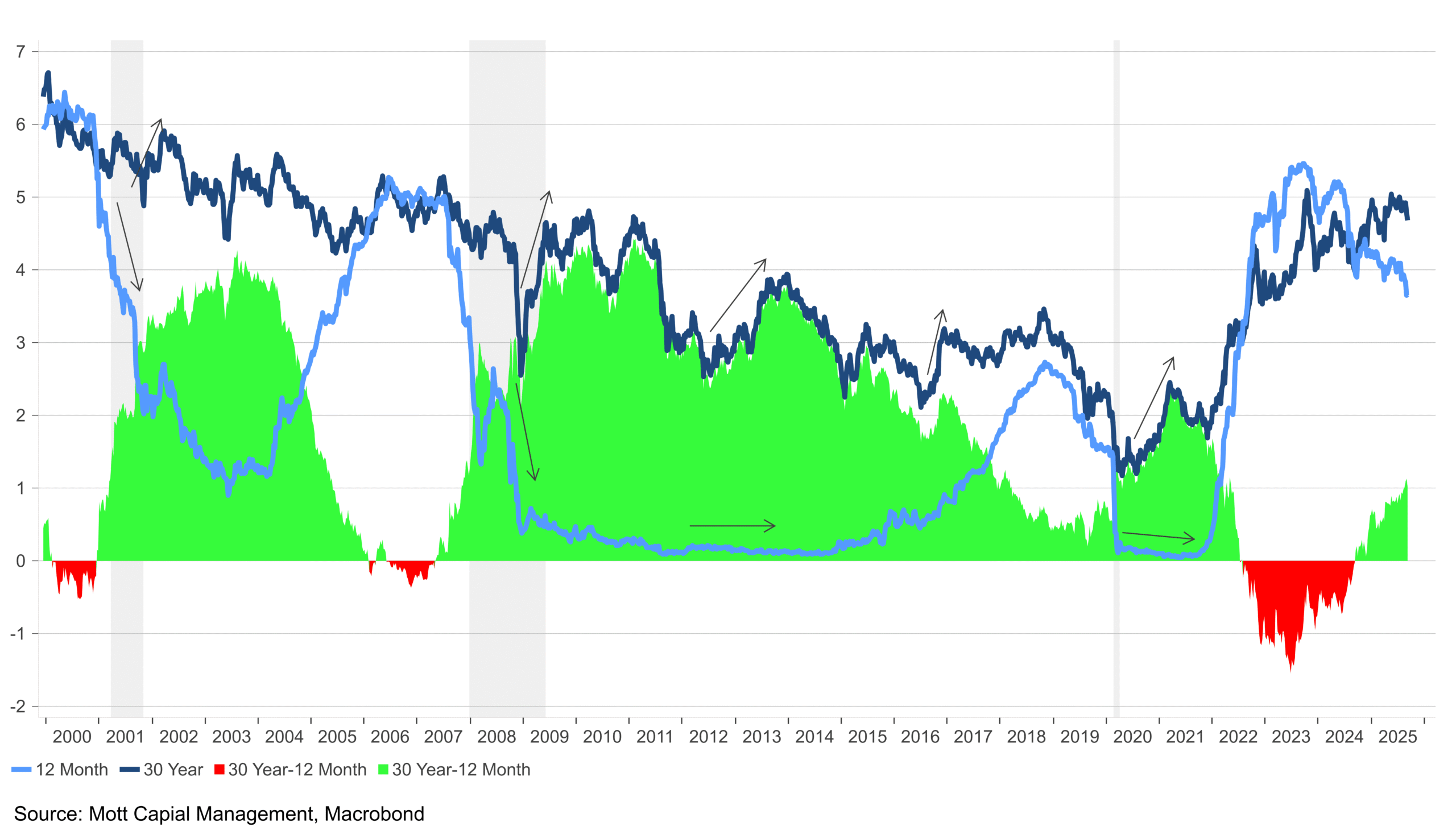
Meanwhile, the stock market finds itself in an awkward position: overbought and flashing warning signs. A glance at the Wingstop (NASDAQ:WING) indicator shows the broader S&P 500 is not in a good place. In fact, it looks eerily similar to January. Wingstop has an uncanny ability to trade about a month ahead of the S&P 500.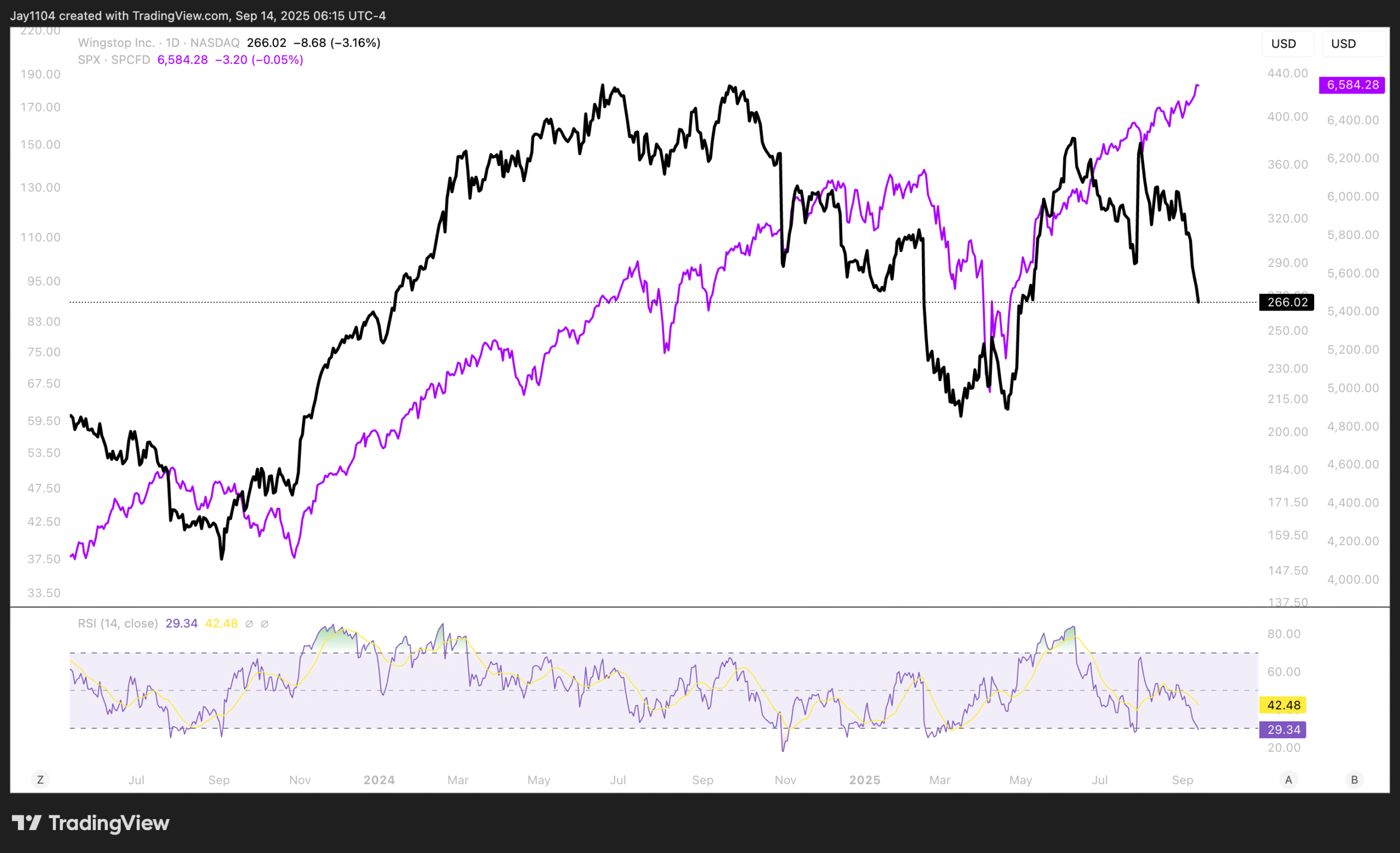
On top of that, we now have our “peak stupidity” indicator with Oracle (NYSE:ORCL), which has already given back 50% of the gains it made following the OpenAI contract.